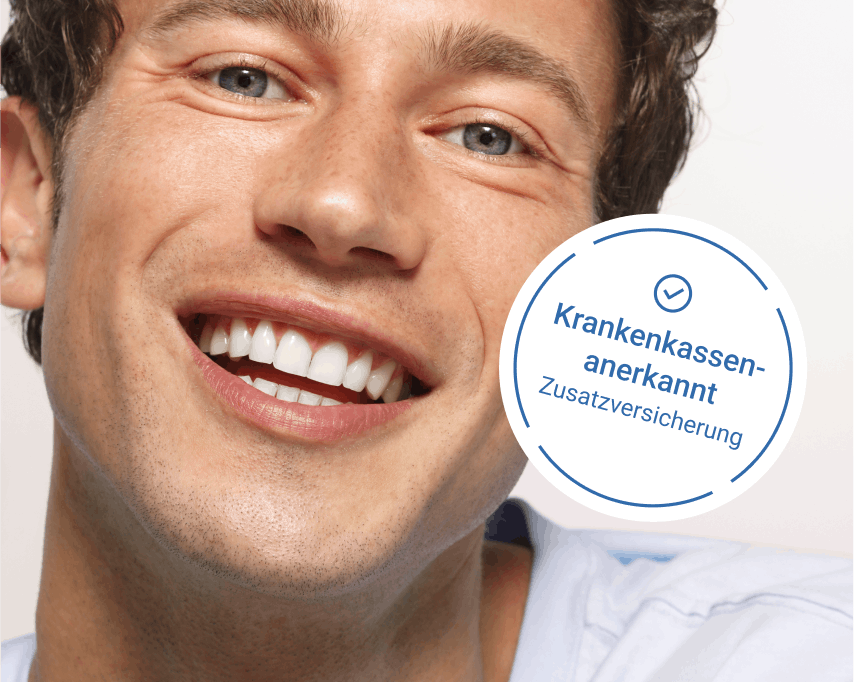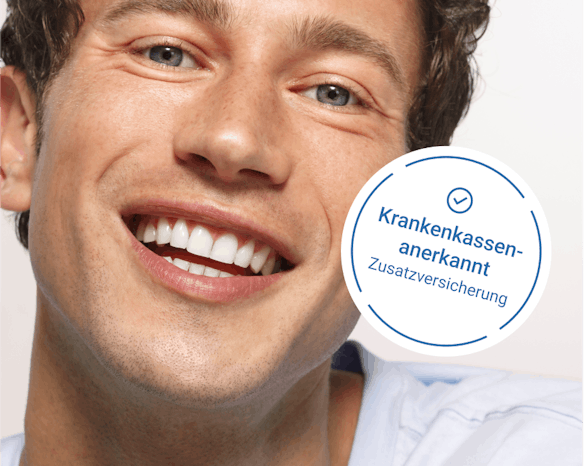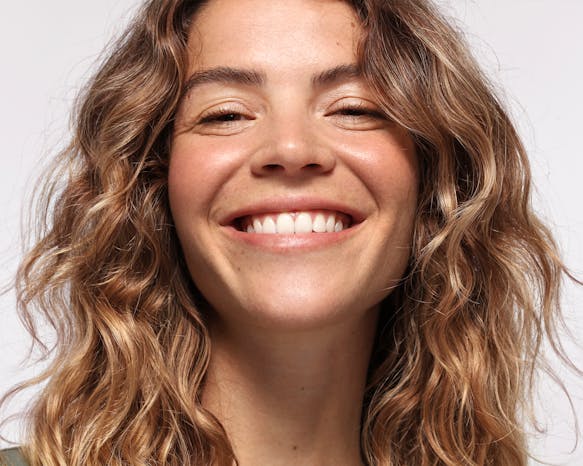The History of Teeth Whitening
Teeth whitening, a concept that is familiar to many of us today, has its roots in ancient times. People were already trying to whiten their teeth and remove unsightly stains to achieve a brighter tooth colour. The methods ranged from simple home remedies to advanced techniques. Over millennia, teeth bleaching has constantly evolved. While primitive means were often used in the past, today you can choose between various modern methods – whether it’s bleaching at the ALPINE WHITE studio or at home with special products. Today's procedures are not only more effective but also gentler on teeth and gums.



- The Early Beginnings of Teeth Whitening
- The Birth of Modern Bleaching Methods
- The Development of Home Bleaching
- Teeth Whitening in the Dental Practice
- Advancements in Dentistry and Bleaching Technologies
- Modern Bleaching Products and Trends
- The History of ALPINE WHITE: Tooth Whitening without Peroxides
- The Future of Tooth Whitening
- Conclusion
The Early Beginnings of Teeth Whitening
As early as ancient Egypt and Rome, there were attempts to whiten teeth. People used a variety of natural substances to remove discolourations. It was believed that whiter teeth were a sign of health and social status. At that time, 'bleaching products' included ground seashells, chalk, and even urine, as it contains ammonia, which can remove discolouration. It was a primitive but functioning bleaching agent.
Naturally, this method had its drawbacks. The aggressive substance often damaged the enamel and led to painful irritations of the gums. Nevertheless, the desire for white teeth was so great that many were willing to accept these side effects.
The Birth of Modern Bleaching Methods
Over time, dentistry evolved, and in the 19th century, dentists began to develop scientifically based methods to safely whiten teeth. The breakthrough came with the discovery of hydrogen peroxide as an effective bleaching gel. This bleaching agent quickly became the foundation of professional teeth whitening.
Hydrogen peroxide penetrates the enamel and breaks down the colour pigments responsible for discolouration. This method is not only effective but also relatively safe when performed by a dentist. However, a concentration of peroxide that is too high leads to gum irritation and can weaken the tooth substance. In the early days of 'power bleaching', this was a common problem until dentistry further advanced.
The Development of Home Bleaching
In the 1980s, home bleaching became popular. The so-called 'carbamide peroxide' often replaced hydrogen peroxide and offered a gentler method to bleach teeth. The lower concentrations of peroxide allowed people to conveniently whiten their teeth at home, without the side effects that occurred with higher concentrations.
Special dental trays are often used, into which the bleaching gel is applied. These trays ensure that the whitening agent remains in contact with the tooth surface for a longer period to achieve the desired whitening effect. Home bleaching is now considered by many as a convenient alternative to professional teeth whitening.
Teeth Whitening in the Dental Practice
Professional teeth whitening, as you receive it in the dental practice, remains the gold standard for effective tooth whitening. Bleaching products with higher concentrations of hydrogen peroxide or carbamide peroxide are usually used here. Teeth bleaching is often supported by UV light to speed up the process.
The results are usually immediately visible, and the risk of side effects such as tooth sensitivity or gum irritation is minimised by professional application. This type of teeth whitening offers a particularly intense whitening effect and ensures an even whitening of the teeth.
Advancements in Dentistry and Bleaching Technologies
With the advancement in dentistry, bleaching methods have further developed. Today, many dental practices employ advanced technologies such as 'power bleaching', where higher concentrations of bleaching agents are used. Specially developed formulas have been created to minimise the impact on the enamel while enabling effective whitening.
Simultaneously, it has been recognised that other aspects of dental health, such as cavities and gum issues, also play a role in tooth whitening. A professional dental cleaning before tooth bleaching removes tartar and discolouration caused by consumables like coffee, tea, or cigarettes, preparing the teeth optimally for the bleaching treatment.


For a healthy mouth and beautiful teeth, regular professional teeth cleaning is essential. Our specialists detect early signs of caries and prevent them.
- Personalised dental hygiene
- Gum check & caries control
- Painless cleaning with AIRFLOW
Modern Bleaching Products and Trends
Nowadays, there is a wide variety of bleaching products on the market, from whitening toothpastes to specialised home bleaching kits. Many of these products are available at the pharmacy and contain either carbamide peroxide or hydrogen peroxide. Some also use alternative whitening agents to be gentle on the enamel.
However, not all products are equally effective. While toothpaste with a whitening effect can remove superficial stains, they do not offer the same whitening effect as professional bleaching gels. Additionally, bleaching the teeth with a sensitive tooth structure can lead to temporary tooth sensitivity.
The History of ALPINE WHITE: Tooth Whitening without Peroxides
Two brothers wondered why whitening at the dentist had to be so expensive and complicated. Their idea to create an accessible alternative led to the founding of ALPINE WHITE in 2014. With little experience but a lot of determination, they developed their first whitening products. After numerous setbacks and intensive collaboration with dental experts, they launched their first product in 2017.
The breakthrough came in 2023: ALPINE WHITE revolutionised tooth whitening with a bleaching gel without peroxides. Unlike conventional bleaching products that rely on aggressive bleaching agents like hydrogen peroxide, this gel offers a gentle but equally effective solution for home use and as in-office bleaching in studios. It gently removes tooth discolourations without attacking the enamel or irritating the gums.
The brothers' vision goes beyond teeth whitening. They want to proactively and personally create oral health with innovative products that improve your dental care. ALPINE WHITE stands for safe, effective tooth whitening – without peroxides, but with maximum results.


Gently achieve whiter teeth with our pain-free in-office bleaching. Carried out by our specialised dental staff.
- Naturally white teeth
- Effective tooth whitening without peroxides
- No change in the tooth structure
The Future of Tooth Whitening
The future of tooth whitening looks promising. Experts are working on developing even gentler bleaching methods that protect the enamel and dentin while effectively removing discolourations. The combination of bleaching gel and UV light is also being further developed to achieve even better results in shorter treatment times.
For you as a user, this means that in the future you will have even more options to whiten your teeth safely and effectively – whether you choose a treatment at an ALPINE WHITE studio or opt for home bleaching.
Conclusion
The history of teeth whitening shows that the desire for white teeth is timeless. From the early attempts in ancient times to modern bleaching methods, much has changed. Today, there are numerous options available to whiten your teeth – whether with professional help or conveniently at home. However, always ensure proper dental care, as healthy teeth are the foundation for a radiant smile.
No matter which method you choose, remember that good oral hygiene, regular professional cleanings, and the right care are crucial for maintaining white and healthy teeth in the long term.


